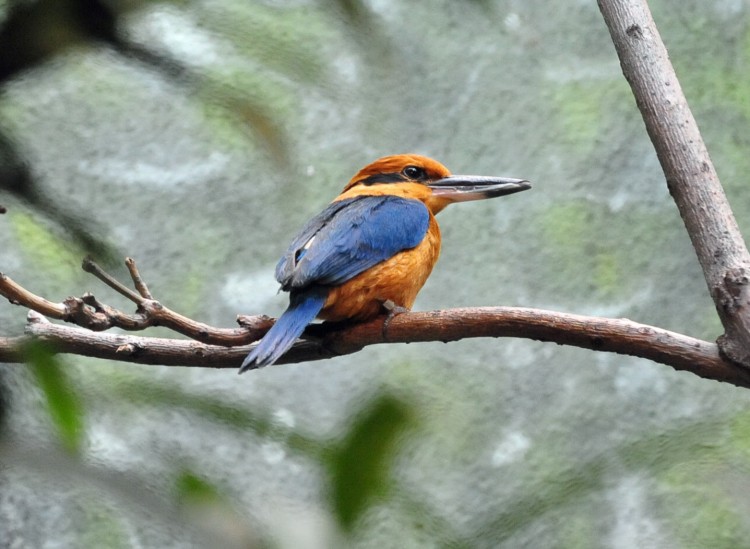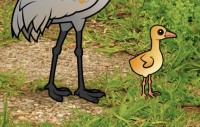A Wild Milestone for the Guam Kingfisher
For the first time in nearly 40 years, the endangered Guam Kingfisher, known locally as the Sihek, has successfully laid eggs in the wild, marking a triumphant milestone in its recovery.
Nine juvenile kingfishers (four females and five males), hand-reared at zoo facilities across the United States and England, were released in September 2024 onto the predator-free Palmyra Atoll, a U.S.-protected nature preserve located about 1,000 miles south of Honolulu. The atoll's forests offer a safe reintroduction habitat for a species formerly extinct in the wild due to decimation brought on by invasive brown tree snakes on Guam.

Guam Kingfisher by Heather Paul [CC BY-ND 2.0]
Within months, the birds paired up, established territories, excavated nests, and began hunting local prey. Three of the breeding pairs have now laid eggs, marking the first wild Guam Kingfisher eggs to be laid since the late 1980s! This is fantastic news for a species presumed to be extinct in the wild.
Though the birds are all young and inexperienced and their nesting attempt may not be successful, their efforts are being celebrated as a hopeful sign of ecological resilience.
The conservation effort is led by the global Sihek Recovery Program, involving institutions like The Nature Conservancy (TNC), U.S. Fish & Wildlife Service, and various zoos, including Brookfield in Chicago, the National Aviary, and Disney’s Animal Kingdom.
With a strategic goal of establishing ten breeding pairs on Palmyra, more Guam Kingfisher juveniles are slated for release this summer. Experts hope this self-sustaining wild population will eventually support reintroduction back to Guam.
This remarkable achievement underscores how collaborative conservation and predator-free sanctuaries can rescue species from extinction—and offer hope for their return to ancestral homelands.
Read more:
- Biologists Rejoice as Extremely Rare Guam Kingfishers Lay Their First Wild Eggs in Nearly 40 Years
- Bird species lost from wild for almost 40 years lays first eggs on new island home













Comments
Be the first to comment
Thank you!